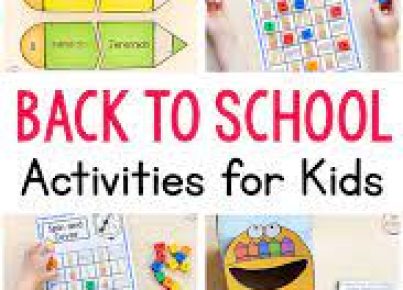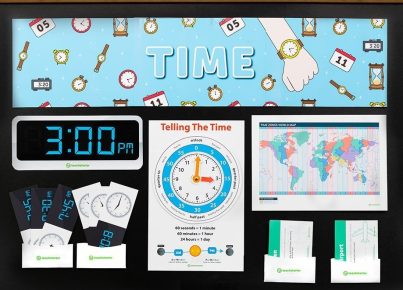Creating an optimal learning environment for elementary school students requires careful consideration and planning. One size does not fit all when it comes to learning spaces, as each child has unique needs, interests, and learning styles. To foster a diverse and engaging learning experience, educators should consider incorporating a variety of learning spaces within their classrooms. Here are eight types of learning spaces that can enrich the educational experience of your elementary students.
1. Traditional Learning Space:
This setup includes rows of desks or tables facing the front of the classroom. It works well for teacher-centered instruction, formal assessments, and lecture-style teaching. Providing a traditional space ensures a focused environment for lessons that require students’ undivided attention.
2. Collaborative Learning Space:
Encourage group work and collaboration by incorporating a designated area with larger tables or cluster seating arrangements where students can work together on projects and activities. This setup promotes teamwork and allows students to bounce ideas off one another, fostering creativity and critical thinking skills.
3. Technology-Integrated Learning Space:
Incorporate technology into your classroom by providing access to laptops, tablets, or computer stations. This type of space encourages digital literacy and allows students to take advantage of online resources during research projects or interactive learning experiences.
4. Quiet/Individual Learning Space:
Create a designated quiet area within the classroom where students can retreat for independent study, reading, or completing assignments without distractions. A proper quiet space helps foster concentration and allows students with different sensory needs to feel more comfortable in the learning environment.
5. ASCII Developmental Play/Creative Space:
Allow room for creativity and curiosity by having a dedicated space where your students can explore and learn through play. This area might include interactive displays, sensory materials, puzzles, building blocks, art supplies, or other age-appropriate resources that inspire creative problem-solving skills.
6. Outdoor Learning Space:
Whenever possible, consider utilizing outdoor spaces as opportunities for learning. Gardens, green spaces, or designated outdoor classroom areas can provide fresh, natural settings where students can explore and connect with nature while applying their knowledge and skills to real-world situations.
7. Flexible Learning Space:
Incorporate a variety of seating options in your classroom, such as bean bag chairs, rugs, balance balls, or standing desks. This flexibility encourages students to choose their preferred seating arrangement according to their learning style or comfort level.
8. Presentation Space:
Designate an area within the classroom specifically for student presentations and performances. This space might include a small stage, a projector screen, or simply an open area in the front of the room. Encouraging students to share their work with peers provides an opportunity to build confidence and develop public speaking skills.
By considering and incorporating these eight types of learning spaces into your elementary classroom, you will create a well-rounded environment that caters to the diverse needs and learning styles of your students. In doing so, you’ll help them unlock their full potential and enjoy positive educational experiences that promote lasting success.





